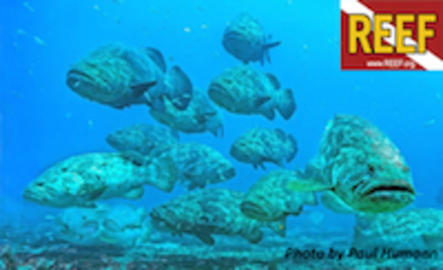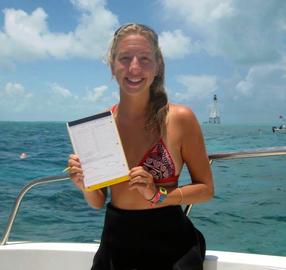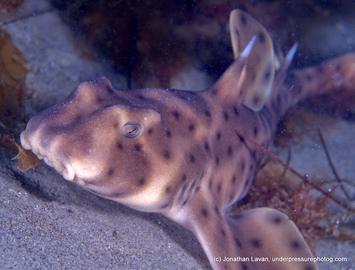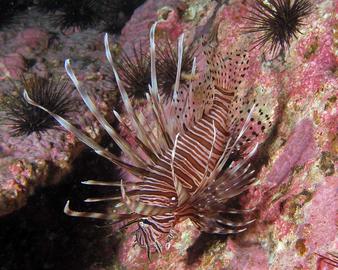Thank you to everyone who supported REEF during our annual fundraising campaign! With your help, we raised enough to continue our critical marine conservation programs in 2015. These programs make a huge IMPACT worldwide and protect iconic species, such as Goliath Grouper, Nassau Grouper, manta and mobula rays, parrotfish, and rockfish. REEF also protects ocean habitats through addressing invasive species like the Indo-pacific Red lionfish.
The Philippines -- an exciting new adventure for REEF travelers! Join us for our inaugural trip to explore this diverse region of the Central Indo-Pacific. We have two weeks of adventure - by land, based at the Atlantis Resort in Dumaguete, April 9-16, and then by sea, aboard the Atlantis Azores Liveaboard, April 16-23. |
The Philippines -- an exciting new adventure for REEF travelers! Join us for our inaugural trip to explore this diverse region of the Central Indo-Pacific. We have two weeks of adventure - by land, based at the Atlantis Resort in Dumaguete, April 9-16, and then by sea, aboard the Atlantis Azores Liveaboard, April 16-23. |
The Philippines -- an exciting new adventure for REEF travelers! Join us for our inaugural trip to explore this diverse region of the Central Indo-Pacific. We have two weeks of adventure - by land, based at the Atlantis Resort in Dumaguete, April 9-16, and then by sea, aboard the Atlantis Azores Liveaboard, April 16-23. |
We are excited to introduce Ellie Splain, who recently joined REEF staff at headquarters in Key Largo, FL. Ellie will serve as REEF's Education Program Manager. Ellie is no stranger to REEF, as she was a REEF Marine Conservation Intern in the summer of 2013. From a small rural town in Illinois, Ellie attended the University of Illinois Urbana-Champaign, where she earned a Bachelor of Science in FIsh and Wildlife Conservation. Despite growing up landlocked, Ellie has always been drawn to the ocean (and the good weather of South Florida doesn't hurt!).
If you haven't participated in one of our free, educational webinars yet, you don't know what you are missing! Known as Fishinars, these hour-long sessions enable you to learn and have fun from the comfort of your living room. Check out the full schedule at www.REEF.org/fishinars.
A recent publication in the scientific journal, Conservation Letters, examined the invasion of lionfish in to the western Atlantic and Gulf of Mexico waters. The authors compared traditional reef fish monitoring efforts to less traditional data including the observations of divers through REEF's Volunteer Fish Survey Project and spearfishers. They found that citizen observations documented lionfish 1-2 years earlier and more frequently than the more traditional monitoring efforts.
Fish classes (Jan, March, May, July, Sept, Nov)
Inverts & Algae (Feb, April, June, Aug, Oct, Dec)
Attention all snorkelers and SCUBA divers...
Want to know more about the Reef Monitoring Project and local marine life?
Join the San Diego Oceans Foundation's FREE identification training program and better understand what goes on just beyond the surf zone!
Fish classes (Jan, March, May, July, Sept, Nov)
Inverts & Algae (Feb, April, June, Aug, Oct, Dec)
Attention all snorkelers and SCUBA divers...
Want to know more about the Reef Monitoring Project and local marine life?
Join the San Diego Oceans Foundation's FREE identification training program and better understand what goes on just beyond the surf zone!
Fish classes (Jan, March, May, July, Sept, Nov)
Inverts & Algae (Feb, April, June, Aug, Oct, Dec)
Attention all snorkelers and SCUBA divers...
Want to know more about the Reef Monitoring Project and local marine life?
Join the San Diego Oceans Foundation's FREE identification training program and better understand what goes on just beyond the surf zone!




